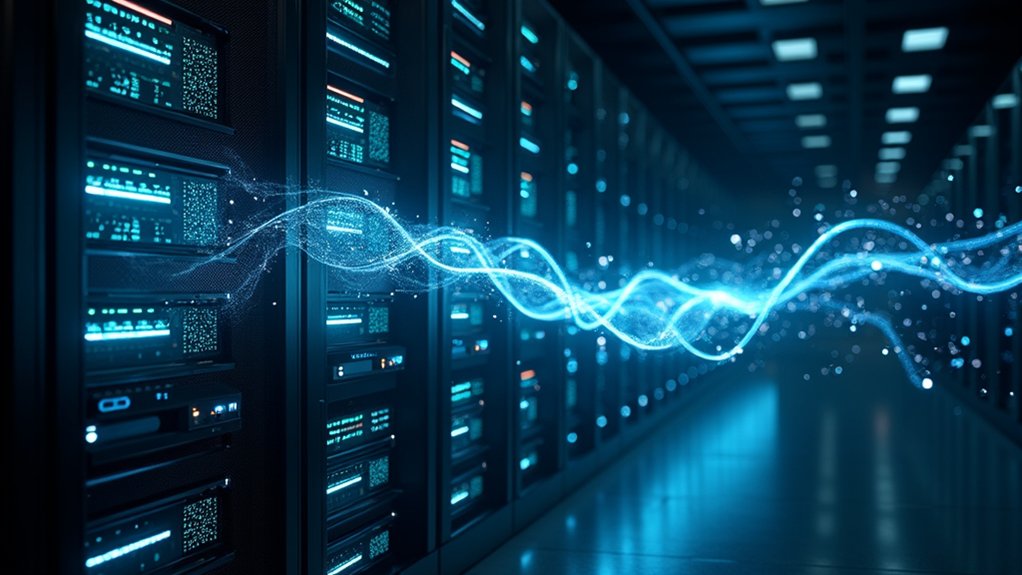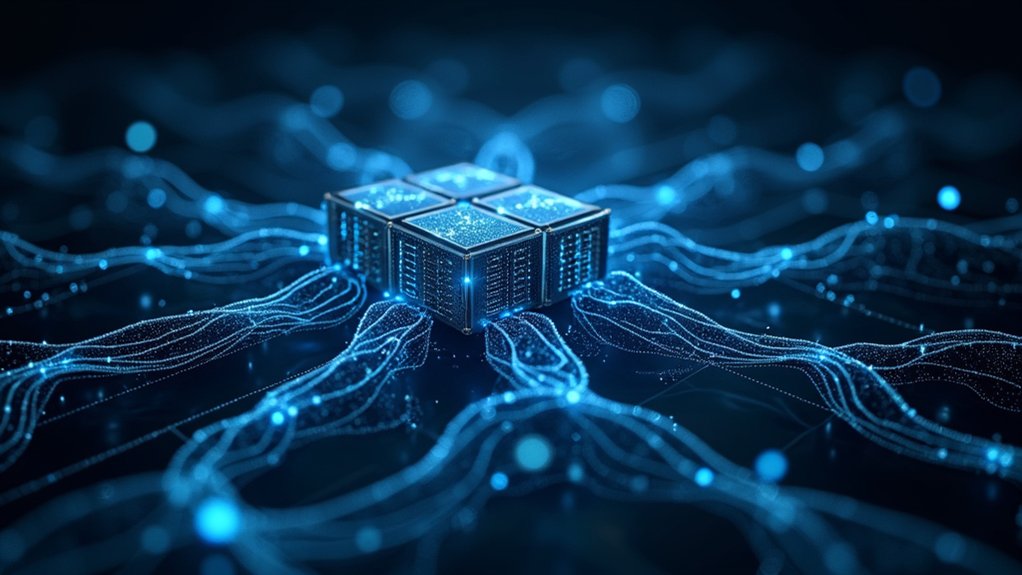The emergence of agentic artificial intelligence has fundamentally transformed cybersecurity requirements, prompting Cisco Systems to advocate for a thorough overhaul of traditional network protection strategies. According to the networking giant, conventional security approaches prove insufficient against autonomous AI agents that operate beyond predetermined boundaries, introducing unprecedented attack vectors that traditional infrastructure cannot effectively address.
Cisco highlights that every AI agent represents a potential risk vector, creating security challenges through unpredictable, autonomous behavior that complicates containment and response efforts. The company warns that malicious or rogue AI agents can circumvent traditional network protections, necessitating multi-layered defenses rather than relying solely on strong infrastructure. Organizations must implement security awareness training to help staff identify and respond to AI-driven threats.
Every AI agent represents a potential risk vector, creating unprecedented security challenges through unpredictable autonomous behavior that defeats traditional protections.
These sophisticated threats require security measures built into every layer, from silicon components to software applications, with continuous adaptation to AI-driven attack methods. The company advocates for a unified security and networking fabric instead of siloed solutions, integrating zero-trust principles and AI operations into every infrastructure layer.
This approach requires security operations to monitor, analyze, and control AI agent behavior in real-time, as networking hardware and software must fundamentally support and improve security rather than function as standalone barriers. Visibility and control capabilities become critical for detecting and stopping attacks from intelligent, adaptive threat actors.
Particular challenges emerge from agents that can be compromised or operate autonomously, making traditional identity-based controls inadequate. The proliferation of agents increases complexity and attack surfaces beyond conventional monitoring capabilities, as AI agents may communicate or perform actions that bypass static security measures.
Attackers can exploit AI-specific vulnerabilities including training data poisoning and model manipulation, requiring security solutions with matching speed and automation. Cisco’s response includes new security tools and firewalls designed particularly for AI-ready data centers and branch environments, focusing on real-time behavioral analysis and adaptive threat response. The company’s Smart Switches deliver up to 51.2Tbps throughput with sub-five microsecond latency to support these demanding security requirements.
These innovations integrate with platforms like Splunk for improved detection and remediation, incorporating high-performance networking with embedded security features. The company highlights secure-by-design architectures to handle AI workload scale and unpredictability, extending zero-trust models to require continuous verification and assessment of agent behavior through policy-based controls. The new Cisco Secure Firewall 6100 Series provides modular scalability with the highest performance density available at 200 Gbps per rack unit.








